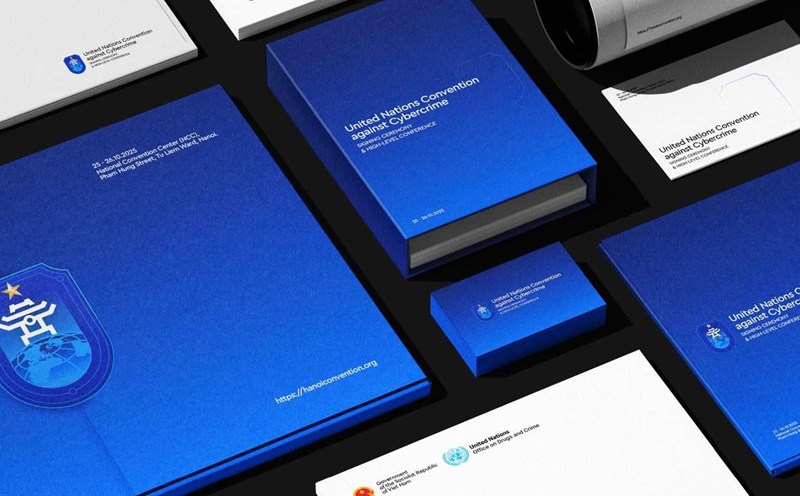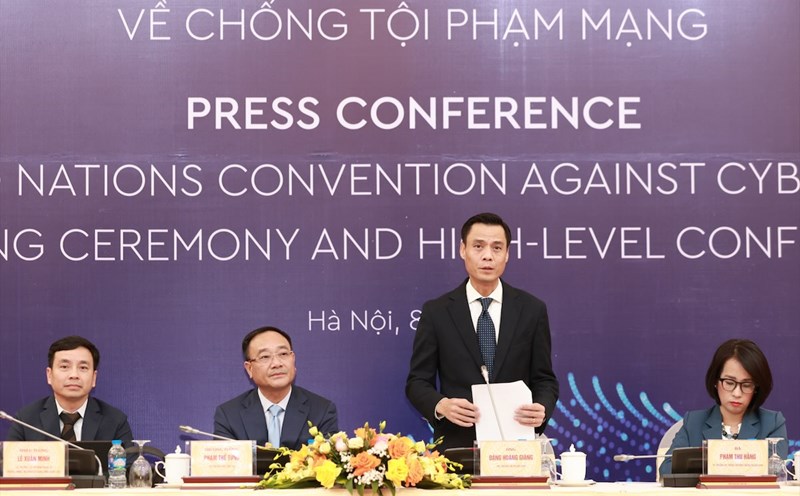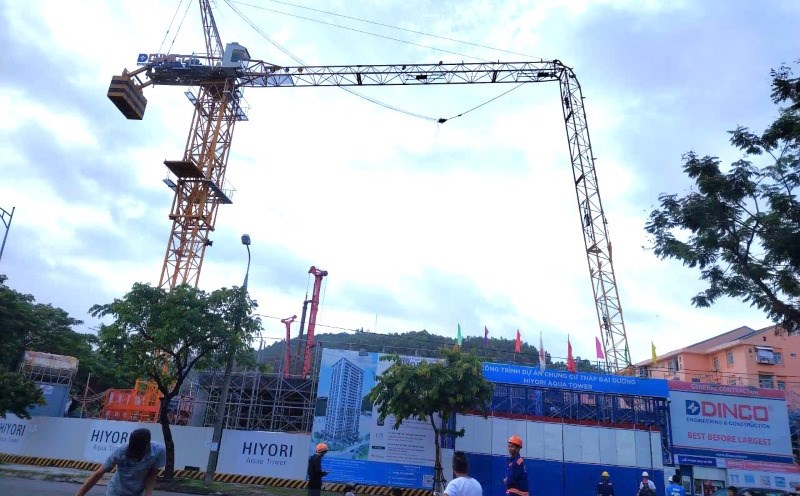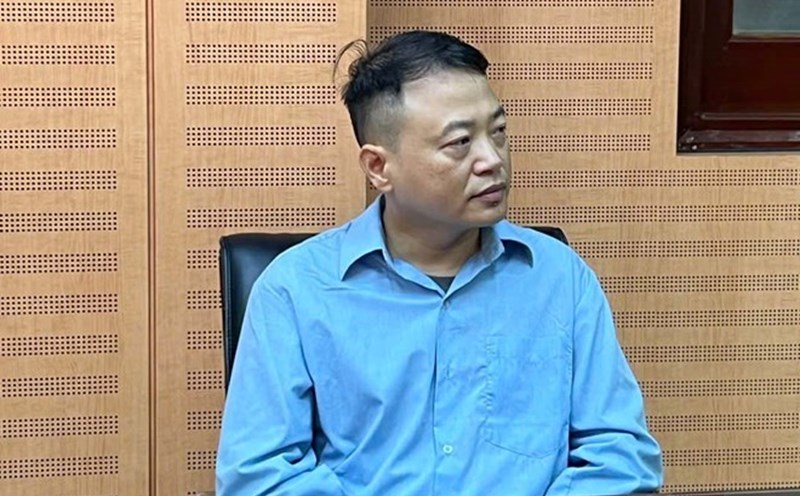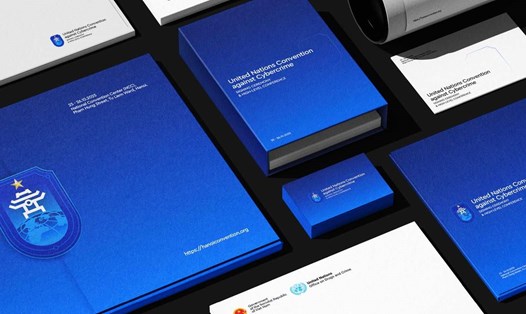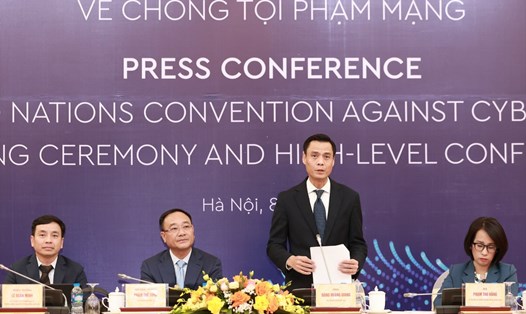The opening ceremony of the Hanoi Convention will be held in Hanoi, October 25-26, 2025. According to the United Nations Office on Drugs and Crime (UNODC), the content of the United Nations Convention on the Prevention and Control of Cybercrime (Hanoi Convention) demonstrates the common vision of countries for a safe, transparent and responsible cyberspace.
Below are 7 key contents of the Convention.
1. Criminal hoa
The first focus of the Hanoi Convention is to require member states to include cybercrime in the national criminal law system. This is to eliminate the legal "grey area" situation and create a unified basis for criminal prosecution.
The Convention clearly identifies groups of behaviors that should be considered crimes, from illegal access to information technology systems, data interference or destruction, to the use of devices and software to serve cybercrime. In addition, crimes such as fraud, forgery by electronic means, money laundering, dissemination of content that violates children or private images are also included in the handling scope.
The Convention also stipulates the responsibility of legal entities, mechanisms for handling accomplices, plots or support for crimes, and principles for ensuring human rights, especially for children and vulnerable groups.
2. Arbitration authority
In cyberspace, traditional geographical boundaries are almost erased, making determining the authority to investigate and try a major challenge.
The Hanoi Convention sets out clear and flexible rules for countries to exercise their authority in cases where crimes occur within their territory, committed by their citizens abroad, or cause damage to national interests and security.
If the offender is present in the territory of a country that does not extradite him, that country can still try him. In situations where authority overlaps, the parties must consult and coordinate to avoid missing criminals.
3. Procedure
One of the major challenges of cybercrime investigation is electronic evidence - the type of evidence that is easily changed, deleted or scattered in many countries.
The Convention allows countries to adjust their litigation systems to meet this reality: From preserving and confiscating electronic data, requiring the provision of user information, to blocking and monitoring data being transmitted.
However, implementing these measures must go hand in hand with protecting privacy and personal freedom. The Convention requires independent judicial supervision, limiting the scope and time of application, and ensuring that the person being investigated has the right to complain and receive a fair trial.

4. International cooperation
Cybercrime is a phenomenon across borders, so international cooperation is considered a pillar of the Hanoi Convention. Member countries are committed to supporting each other in investigating, prosecuting, recovering assets and trying cybercrime.
The Convention establishes a special mechanism - a 24/7 communication network - allowing countries to urgently exchange information, track down suspects or preserve electronic evidence.
The scope of cooperation is not limited to cybercrimes, but also extended to all serious crimes - those with sentences of 4 years in prison or more - contributing to the formation of a global mechanism for sharing electronic evidence.
5. Preventive measures
Prevention is a frontline in the fight against cybercrime, and the Convention considers it a common responsibility of the whole society. The document calls for coordination between the government, businesses, academia, social organizations and the Internet user community.
The Convention also emphasizes the role of cybersecurity experts and researchers in maintaining a safe digital environment, as well as supporting criminals in reintegrating into society.
6. Technical support and information exchange
The Convention encourages the sharing of knowledge, technology and experience among countries to improve response capacity.
Priority areas include digital investigator training, early warning infrastructure development, sharing information about cyber threats and cooperating with the private sector in developing security technology.
Two-way information exchange between authorities is considered the key to early detection and timely prevention of large-scale cyber attacks.
7. Implementation mechanism
To ensure effectiveness and transparency, the Hanoi Convention establishes an international monitoring mechanism. Member countries must periodically report on implementation progress, and participate in a general review mechanism to evaluate results, share experiences and propose improvements.
An international coordination agency will provide technical assistance, promote cooperation and dispute resolution between the parties on the principle of dialogue and respect for sovereignty.

